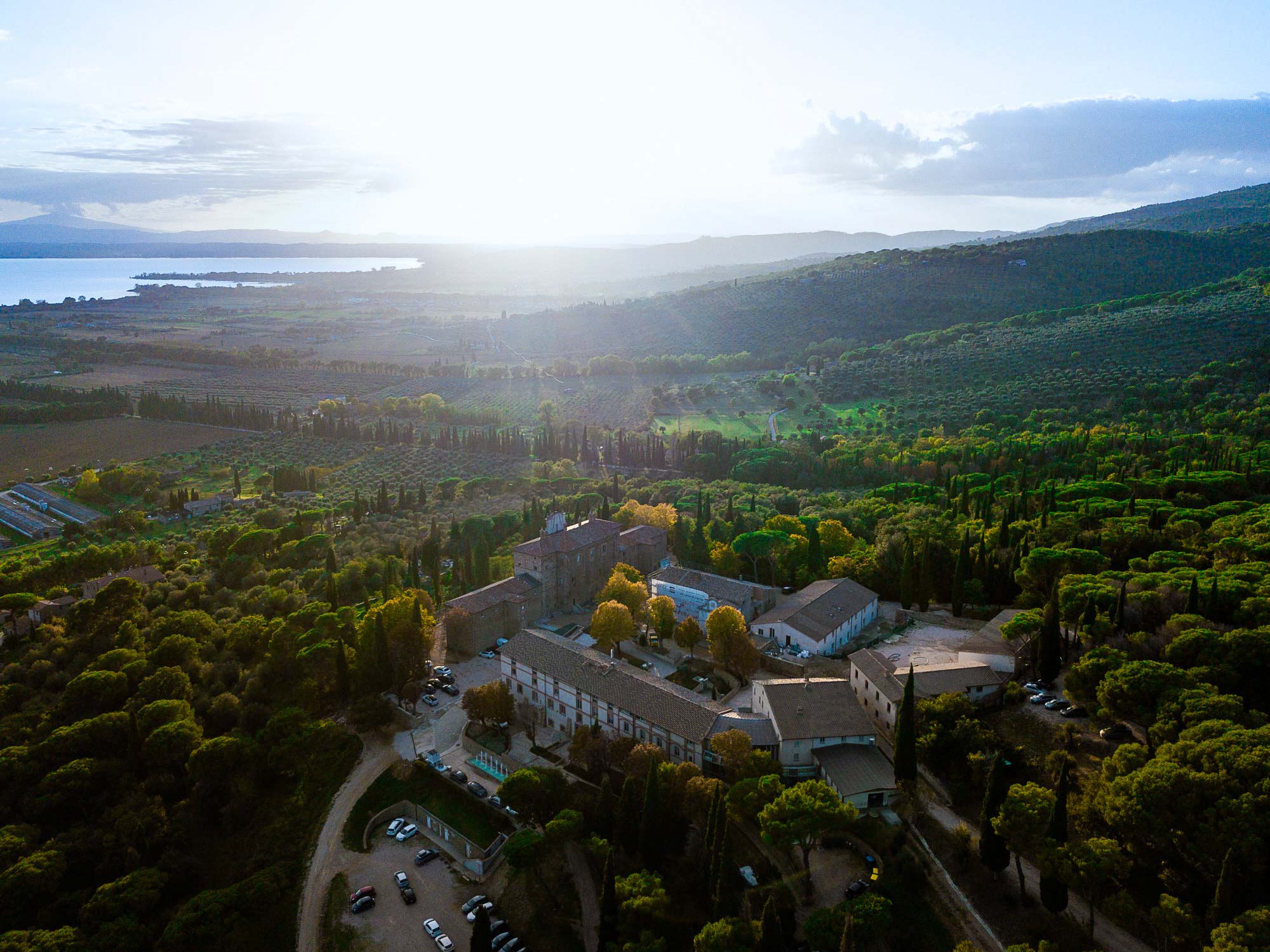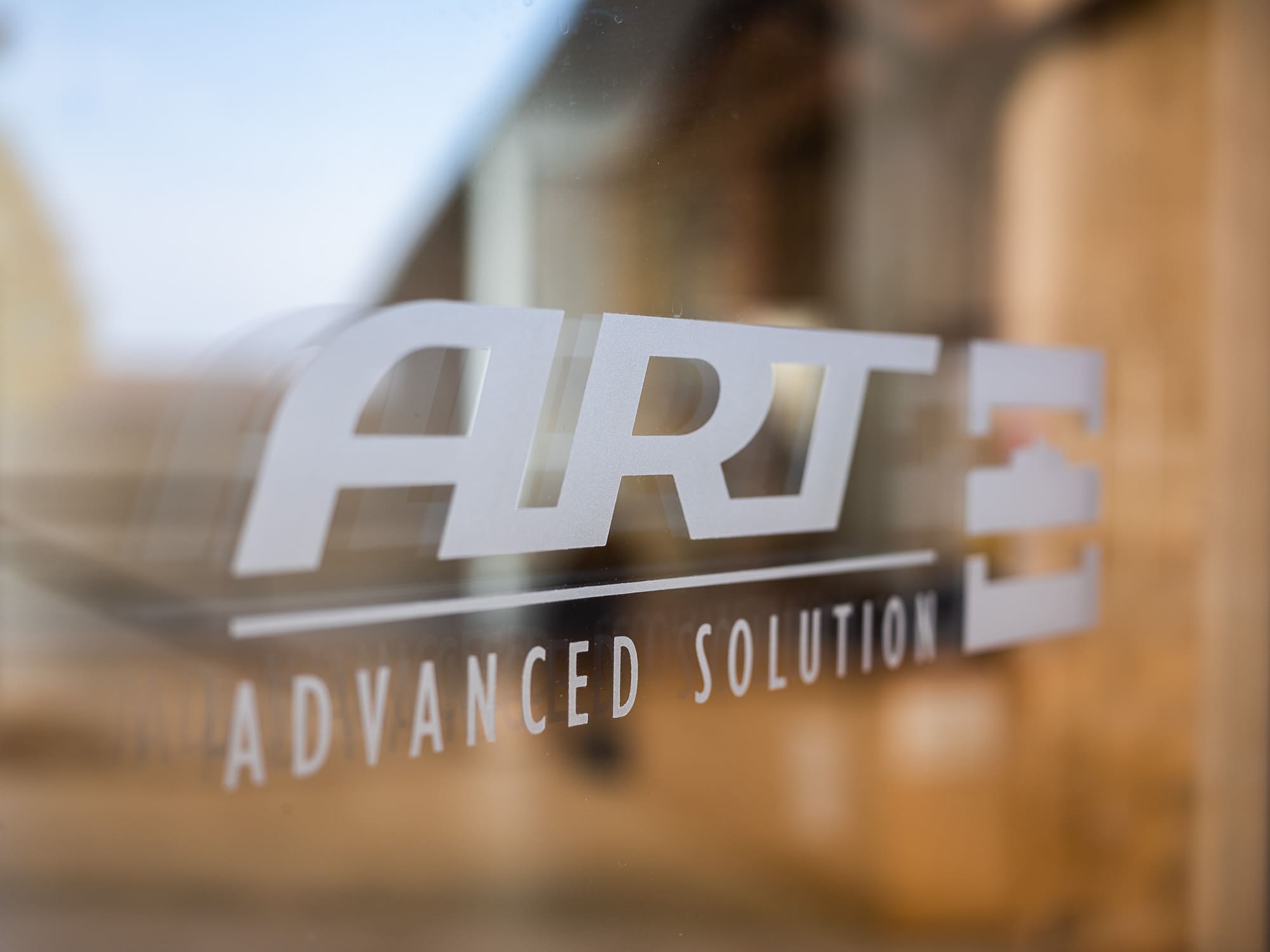On the 26th and 27th March ART will participate at VTM
Continue reading
We are enthusiastic promoters of software-defined change. Redefining the concept of driving a vehicle, to be seen as an “experience” is our art; while anticipating the challenges that the future of the automotive world poses, is our inspiration.
We go beyond creating systems that are constantly more integrated and aimed at user involvement: we turn the future of driving into an immersive experience, an expression of our gaze that goes beyond imagination.
Address
Voc. Pischiello, 20
06065 Passignano sul Trasimeno (Perugia)
Contacts
info@artgroup-spa.com
+39 075 8298 501
What we are proposing is the result of a long cross-functional journey. That is what makes the difference. Whether it is a product or a consultancy, what we offer is what we know best. Our primary objective: to anticipate needs. Our primary return: your satisfaction.
An in-depth knowledge of the subject allows us to propose ever more advanced and innovative solutions and techniques. Our most precious value: expertise. Our greatest achievement: putting it into practice.

The greatest assets at ART are our ARTists, our numerous talents that every day look towards the future of mobility together. We believe in the value of people. The ever-growing numbers of our community, and over twenty years of achievements and successes are a testament to it. To be great innovators of tomorrow, it is essential to seed young talent today.
Thanks to constant investment in R&D, today we are an international mobility company, recognized for its excellence in on board innovation, with four operational centers based in Europe, three in Italy, Passignano sul Trasimeno, Torino and Modena another in Germany, Berlin. Four interconnected offices that at their cores share a common vision which puts the driver at the center of the experiential system signed by ART.
Our headquarters, situated on the estate of “il Pischiello”, is fully immersed in the Umbrian countryside. It is in this historic headquarters, our point of contact with the past, that we build the future by turning the world of ART into an experience both inside and outside of its walls. In fact, R&D and Innovation Center resides here, as well as the production site of the most advanced solutions for the Automotive, Railway, and Aerospace industries.


Continue reading
Continue reading
Continue reading
Continue reading

Continue reading